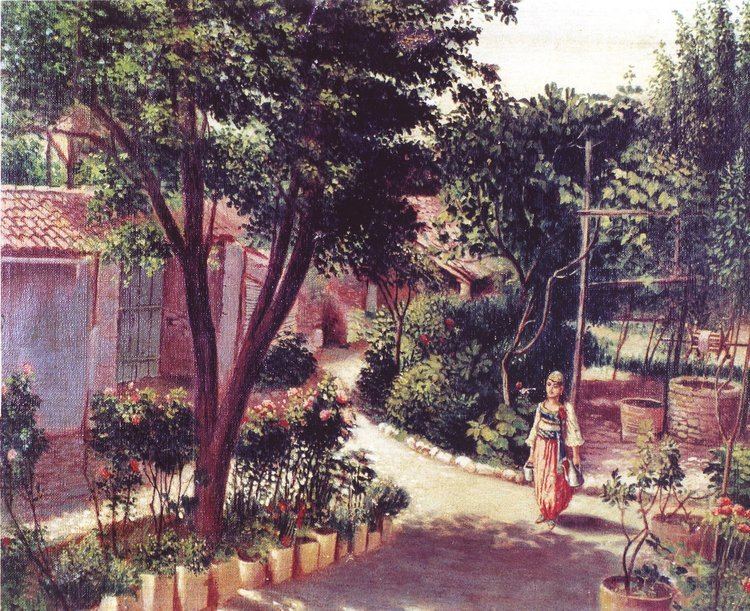Full Name Kole Idromeno Role Photographer Name Kole Idromeno | Notable work Motra Tone Nationality Albanian Died 1939, Tirana, Albania | |
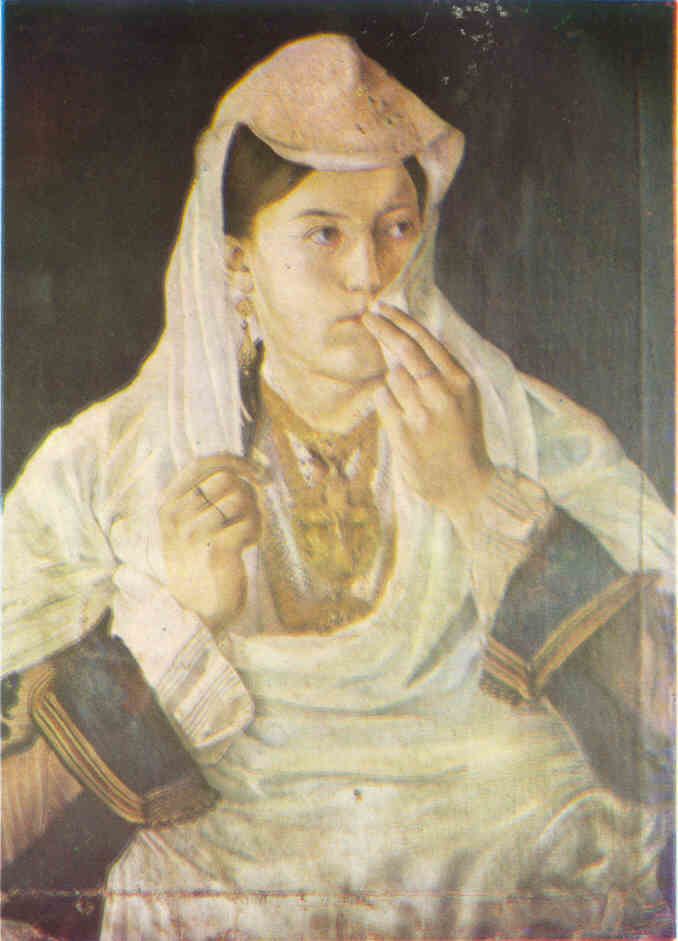 | ||
Born 1860 Shkoder, Albania (then Ottoman Empire) Education Accademia di Belle Arti di Venezia Known for Painting, Drawing, Sculpture, Printmaking, Ceramic art Similar Valentina Pistoli, Qemal Butka, Hasan Masurica | ||
Kol idromeno 1 k traboini m prenushi a elini i kasapi
Kolë Idromeno (born Nikola Arsen Idromeno, 1860–1939) was an Albanian painter, sculptor, photographer, architect and engineer.
Contents
Biography
He was born in Shkodër, where he learned the first elements of photography from Pietro Marubi. Of Cham descent, in 1876 Idromeno stayed for some months at the Accademia di Belle Arti di Venezia, the academy of fine arts of Venice, and then worked in the studio of an Italian painter. When back in Albania (1878), he engaged himself in a number of different activities, working as an architect, sculptor, photographer, scene-painter, engineer and painter. He was the initiator of the first art exhibition in Shkodër (1923) and was represented in the first national art exhibition in Tirana (1931).
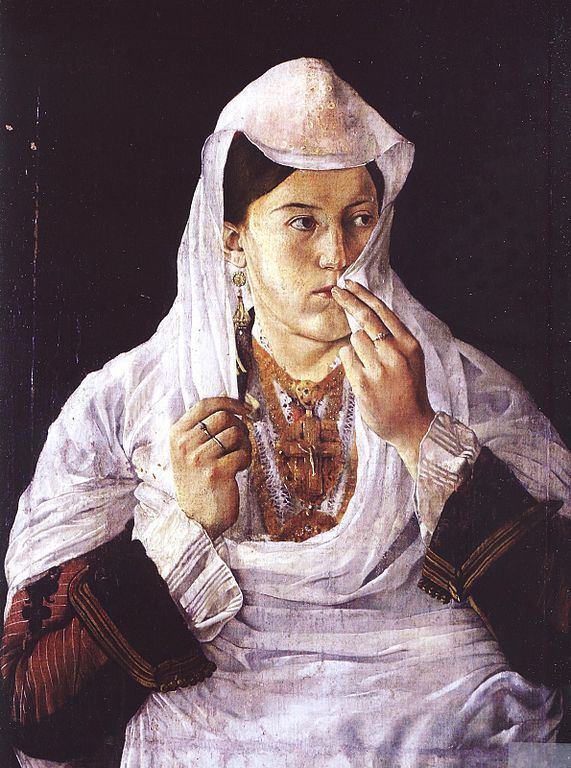
He established a very active photographic studio. Idromeno was the first painter to show motion pictures in Albania in 1912. He had kept up a correspondence with the Lumière brothers in Paris.
His most well known work is Motra Tone. He was the first landscape painter in the modern Albanian painting school (Courtyard of a House in Shkodra) and pioneered realistic secular painting. His works were represented in international exhibitions, for example, in Budapest, Austria–Hungary (1900) and New York, United States (1939).
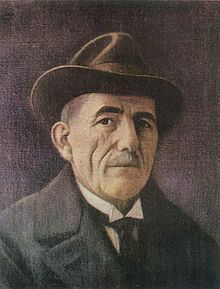
One of his best work, not very popular is the portrait Gjergj Kastriot Skenderbeu. It was painted in 1889. Its owner it is not known, and the painting has never been in public.
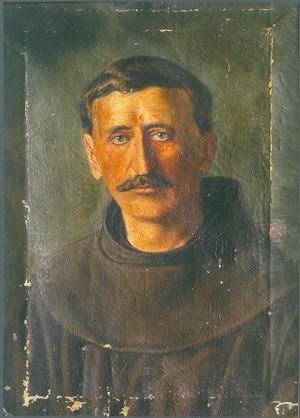
His works are held in the Mezuraj Museum, Tirana.
As an architect, Idromeno has carved his name into many well-known objects in Shkodra. The list includes "The Big Cofee Shop" (Albanian: Kafja e Madhe), the Grand Catholic Cathedral, church of Shirokë, first electrical station of the town, Radovan Building, the Prefecture Building, mosque of Parrucë, and most of the residences of villas along the main boulevard in the northern historical district of Shkodra.
He is referred as Michelangelo of Albania.
